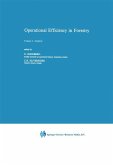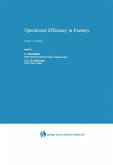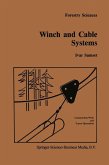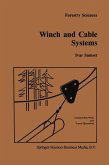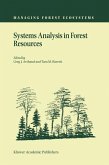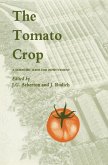It is our conviction that professional skill in forestry will develop more readily and more efficiently if forestry students are presented with a clear understanding of the im pact of the physical factors that both enhance and inhibit forestry activities. Part I is analytic, written as a basic text for undergradu ates in courses such as logging, transport, forest engineer ing and even forest management. It deals with the fundamen tals of technology in forestry as determined by the physical environment. The analytic approach serves two purposes, to bring about a clear understanding of the real world of the forest and to develop tools through which efficiency and productivity can be explored, understood and improved. The principal author of this volume was Prof. Ulf sundberg. Part II discusses in some detail a wide variety of practical problems encountered by foresters. It describes harvesting systems and the principles of management and control of forest operations. The influence of the forest on operations is described at length, the terrain, topography, forest soils as well as the engineering characteristics of trees and forest stands. It also considers the impact of oper ations on the forest. The principal author of this volume was Dr. Ross Silversides. Chapters 11, 12 and 13 were written by-Prof. Sundberg.



